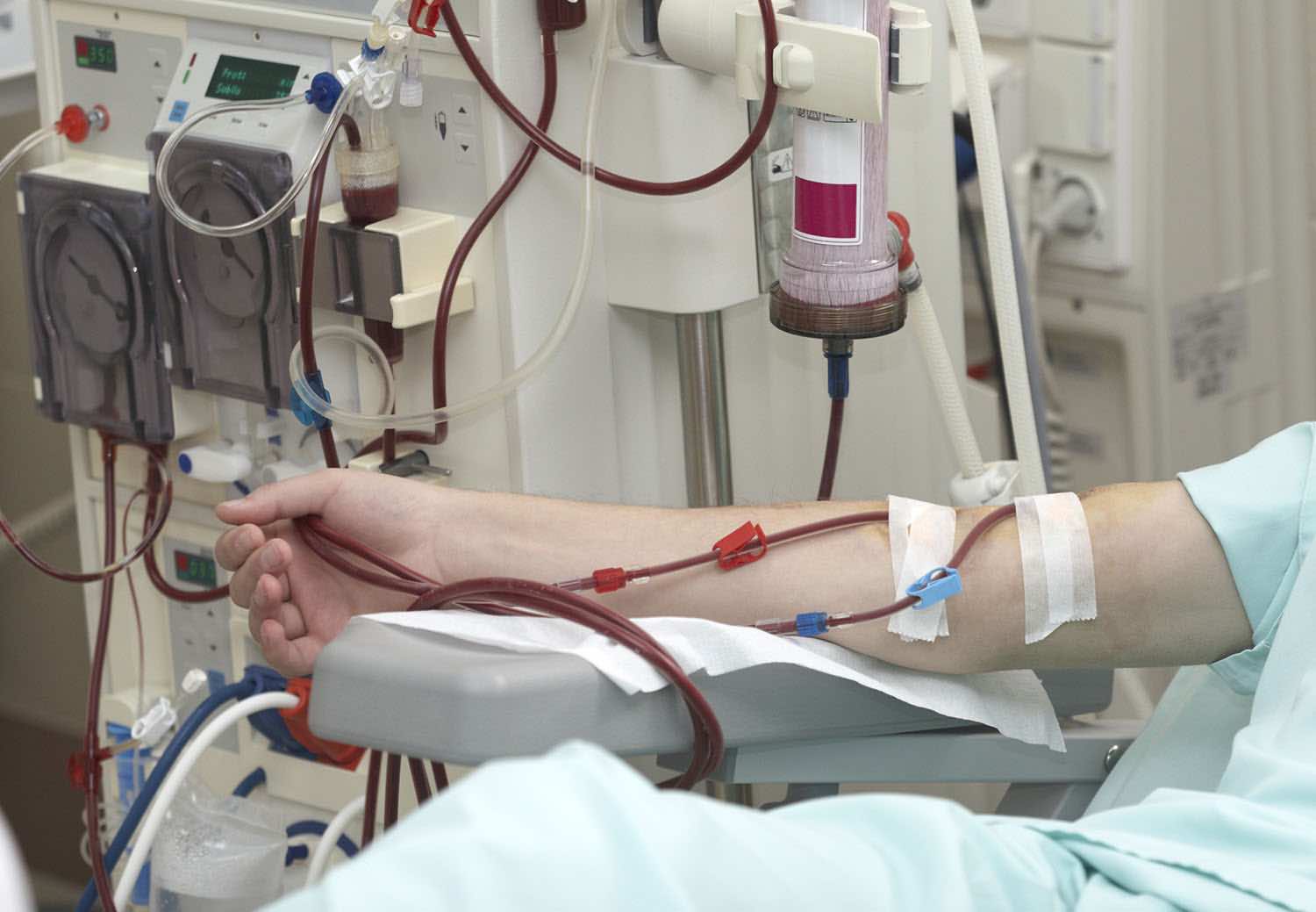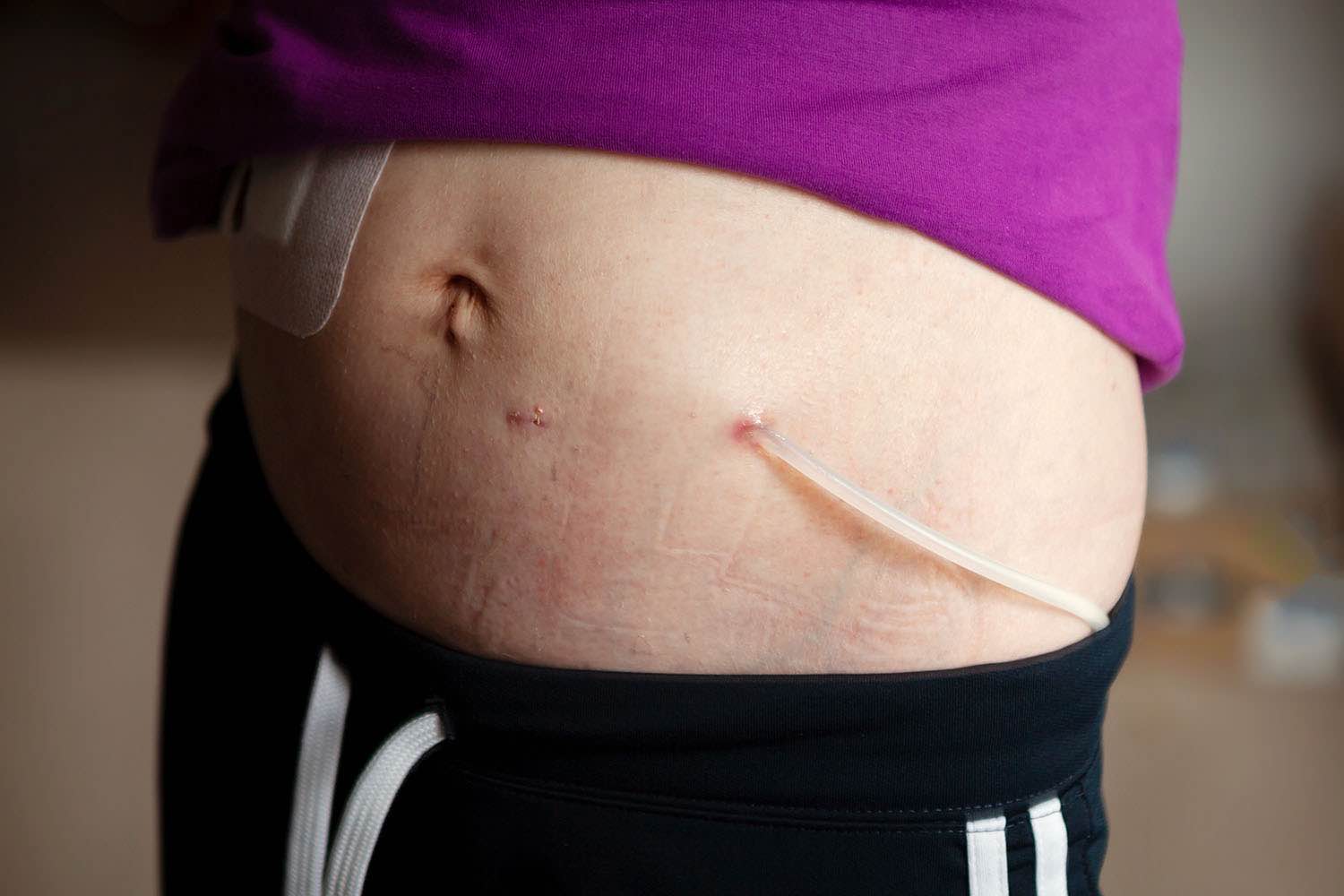Dialysis
Dialysis filters waste from your body if your kidneys are unable to do it for you
Key points
- Dialysis may be a safer option than a kidney transplant for some patients
- There are two types of dialysis - haemodialysis and peritoneal dialysis. Both are equally effective
- Without a kidney transplant, you may need dialysis for the rest of your life
- Dialysis needs to be carried out very regularly
Dialysis
If your kidneys are not working properly, dialysis may be needed to remove toxins, waste and excess fluid from your body. This is usually done through a machine either at home or in the hospital. If your kidneys are failing and you are unable to have a kidney transplant, you are likely to need dialysis for the rest of your life.
There are two types of dialysis:
1. Haemodialysis
Haemodialysis is where the toxins in your blood are removed directly from your bloodstream.
How haemodialysis works

Haemodialysis requires access to your bloodstream through a fistula or graft (usually in one of your arms), or a tube (‘line’) in your neck or groin.
Blood passes along the fistula, tube or line and into an external machine for filtering. It’s then passed back into the arm along another tube.
Haemodialysis can be done in a medical centre or at home.
Haemodialysis in a medical centre: You will usually need to go to a hospital or dialysis centre for treatment 3 days a week. Each session lasts around 4 hours.
Haemodialysis at home: You will be set up with a dialysis machine at home. This gives you more flexibility in setting a dialysis schedule to suit you.
2. Peritoneal dialysis
Peritoneal dialysis is where the toxins in your blood are removed through the lining of your tummy (abdomen).
How peritoneal dialysis works

Peritoneal dialysis requires a tube (peritoneal dialysis catheter) to be inserted into your tummy. This can be carried out under either local or general anaesthetic. If you have had a lot of surgery on your tummy before, a peritoneal dialysis catheter may not be able to function.
Dialysis fluid is pumped through your catheter into a space in your tummy lining, known as the peritoneal cavity. Blood vessels run through the peritoneal cavity drawing out waste products from your body into the dialysis fluid. The waste-filled dialysis fluid is exchanged and replaced with fresh fluid.
Which type of dialysis is right for you?
Both types of dialysis are equally effective and you can usually choose which you prefer. They both can cause side effects and will never be as efficient as a properly working kidney.
Your doctor might recommend one type of dialysis over the other. For example, haemodialysis may be a better option if you have other serious health conditions, such as heart disease or cancer.


